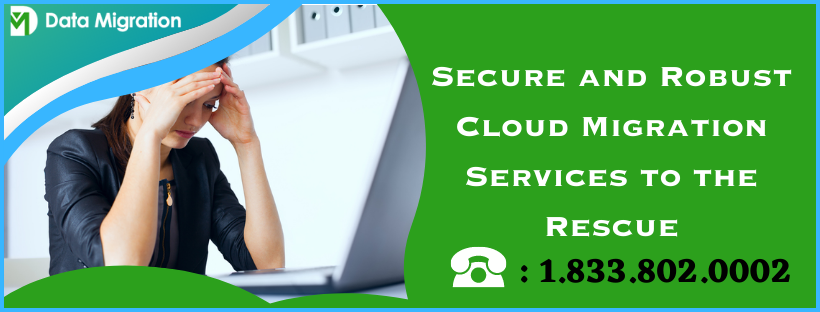Cloud migration services have taken the world by storm and are increasingly becoming the new normal. If you’re looking to find what cloud migration entails and how it adds value to your processes, this ultimate guide explains everything. Keep reading till the end and avail of effective expert consultation regarding cloud migration.
Cloud services have risen in previous years due to the numerous advantages over their counterparts. With cost drops, security, and anywhere accessibility, companies haven’t stopped rejoicing in this newfound glory. It has prompted users worldwide to consider cloud migration services and consultation to get the best of the lot. If you also wish to maximize your potential and elevate your operational efficiency, consider reading the full blog and finding answers to your cloud migration queries.
What are cloud migration services?
The cloud migration service involves moving your company data, emails, and applications from the physical infrastructure to the cloud environment. Under cloud migration, companies can shift their digital assets, services, databases, resources, and apps either partially or wholly to the cloud.
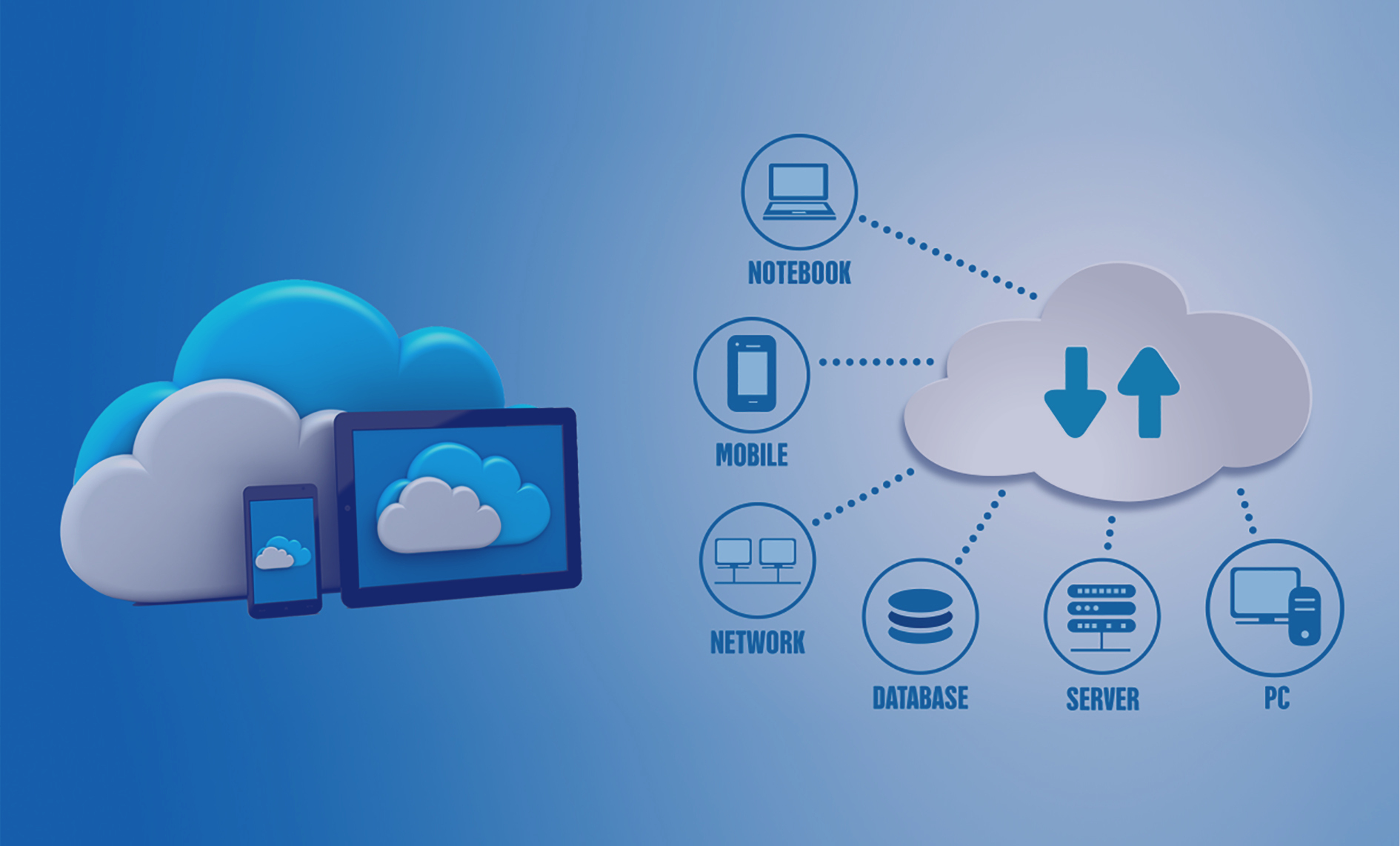
Cloud Migration Services
With the onset of the cloud, companies have realized how inefficient, outdated, and unreliable the physical legacy infrastructure is. The on-premise IT and accounting infrastructure suffer from numerous limitations that affect operations’ cost, speed, agility, and efficiency. Since it consumes significant time and space, companies have started the switch for better growth.
Cloud migration service providers facilitate the transfer procedure and take away the stress and burden regarding the process. It can be challenging to handle the migration yourself. However, several tools and expert professionals are available to assist through their bespoke and thorough solutions. For example, they offer business tools and services that help migrate workloads and databases. Further, the cloud service providers enable to manage the timescale, budget, and services without disrupting the existing workflow. Thus, availing of their services adds considerable value when you migrate from QuickBooks Desktop to Online.
It’s crucial to know that cloud migration is not limited to transferring from on-premise infrastructure to the cloud. It also involves cloud-to-cloud and reverse migration, where data transfers from the cloud to the local data stores. Depending on the ultimate user’s needs, the migration facilitators will draft strategies and recommend a suitable course of action.
How does cloud migration benefit us?
If you need convincing regarding why migration to cloud services is beneficial for you, here are some critical aspects to consider:
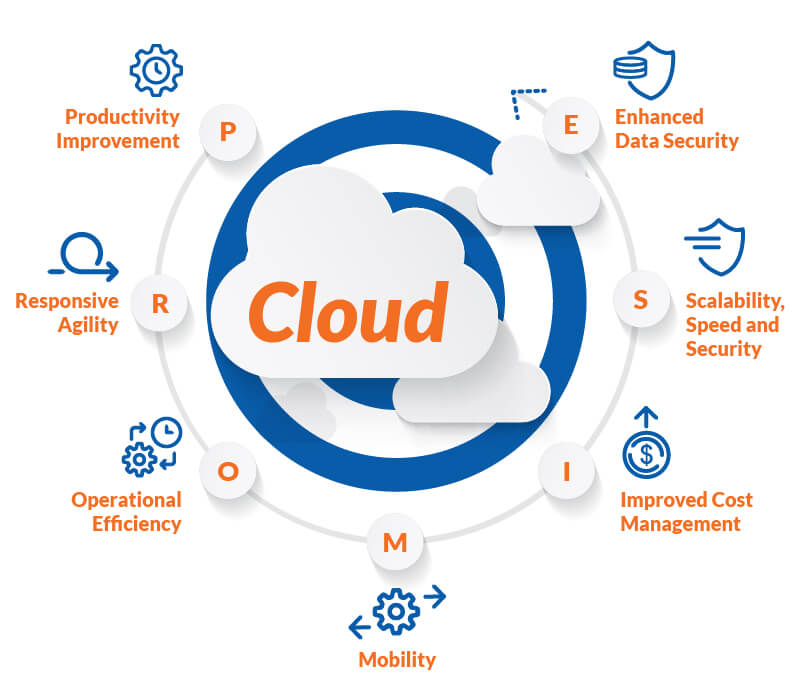
Cloud Migration Benefit
Improve Cost Management:
Cloud migration should be your top priority if you want to reduce the money spent on data handling. You can reap its benefits even if you don’t switch to the cloud entirely. Instead of investing in an on-premise, one-dimensional, and expensive piece of hardware, users can avail of cloud services on a pay-as-you-go basis. Thus, your money-saving and spending predictabilities improve.
Flexibility:
Cloud migration allows company workers to work from remote places. Thus, they need not enter the industry premises and work from home or while traveling. It’s valuable for the company and employees as the firm can get their work done without spending resources on physical infrastructure, and the employee can work remotely per their schedules.
The flexibility and responsiveness allow them to tackle the challenges better. Further, firms can benefit from bring-your-own-device initiatives. As a result, companies can maximize their work value with a comprehensive cloud-based service provider and a suitable cloud strategy.
Scalability Speed and Security:
Companies looking to expand their operations and grow their base must try cloud migration consulting services. Since it’s a pay-as-you-go service, the solutions drafted can enhance or decrease the resources per your needs. This way, your costs escalate or drop, allowing for better money management. Further, as you grow, you need not worry about investing in upscaling and then crying over unutilized resources in times of contraction. Like a rubber band, you may stretch the services by accommodating more data to the cloud and vice-versa.
Enhance Data Security:
Cloud migration services are super-secure as the data gets encrypted and decrypted through advanced settings. Using legacy IT and accounting solutions can be risky due to various reasons. Thus, moving to the cloud can be a top-notch solution if you don’t wish to compromise your critical data’s protection.
You can avail yourself of unparalleled security through cloud solutions. For instance, QB Online runs on the cloud and involves multifactor authentication, threat detection, and related security measures for complete protection. Thus, the data remains watertight and minimizes the risk of breach.
Streamlined IT operations:
When you move all or most of your operations to the cloud, companies benefit from simplified and streamlined tasks. For example, many manual tasks get automated without needing extra effort. Further, users can gain AI, analytics, and Big Data advantages. Thus, human resources can be better employed in places that extract most of their potential.
Mobility:
Cloud migration services allow companies to adopt innovation quickly, and as a result, the employees can get trained and aligned with the innovation goals of the firm efficiently.
What to expect in a cloud migration strategy procedure?
The cloud service migration will go well if you consult a professional expert. These specialists will inquire about your needs and understand your frustrations better. Communicating your requirements will help them analyze your workplace dynamics better to outline how to migrate and what it will look like. Further, they ensure the process minimizes business downtime and disruption.
Cloud migration services follow a strategic pattern and do not rely on lifting and shifting. Being clear on the crucial objectives of migration will assist you in designing the migration plan and executing it seamlessly. Based on your aim, you can determine the infrastructure, platform, and security measures to put in place for migration.
Further, the cloud migration service providers create a detailed migration plan with different phases. It includes budgets ad timescales to track your migration process. Thus, firms can remain productive throughout the transition.
What stages are included in cloud migration?
Based on the expectations set above, the cloud migration services follow through the following stages:
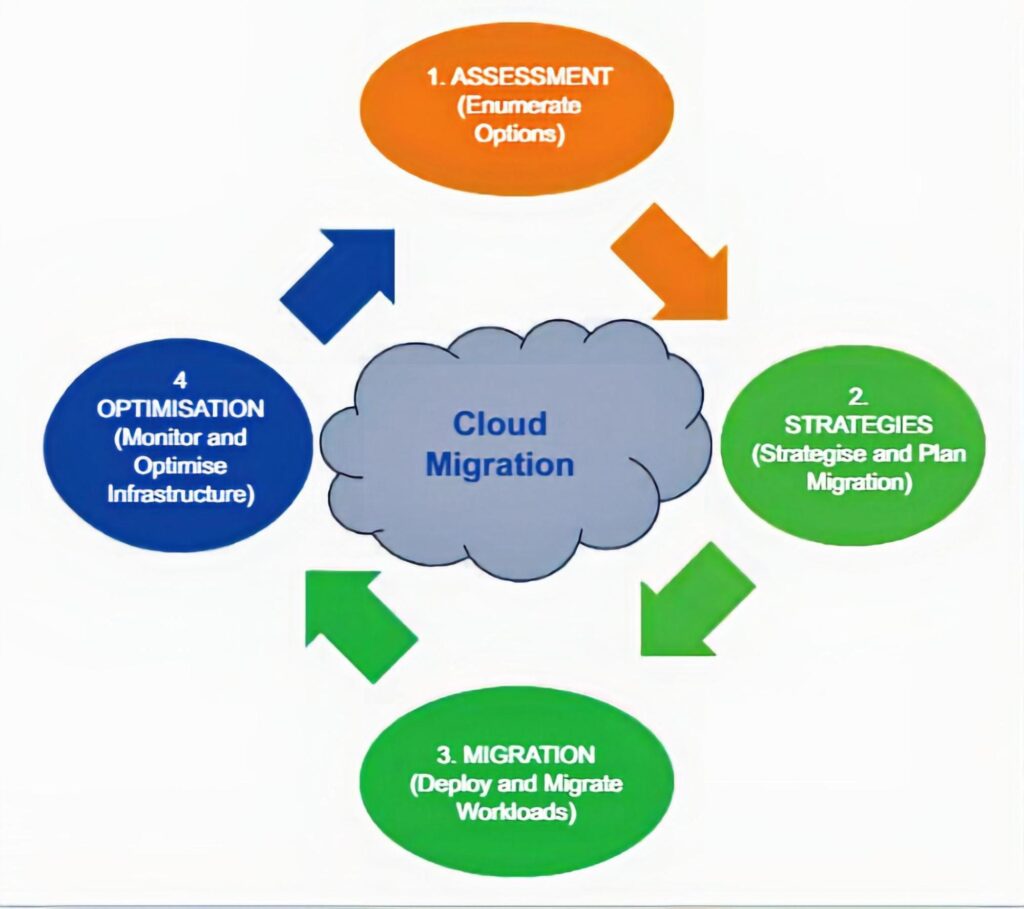
Stages are included in Cloud Migration
Stage 1: Project Description and Briefing
The cloud migration service providers will first answer, “How does the cloud enhance the firm’s value?” Moving to the cloud isn’t just a step toward technology. Instead, it pushes users to determine the minute details rooted in business objectives. It involves which apps to move to the cloud, the type of cloud environment, and the infrastructure requirements.
Stage 2: Discovering and Assessing Risks
Although cloud migration can benefit significantly, users will face challenges during migration. Detecting and managing these risks is crucial to businesses as it reduces the probability of discrepancies. Thus, app discovery, dependency mapping, and risk assessments must be undertaken for informed decision-making.
Stage 3: Moving to Cloud
Now, it’s time to lift heavy and move things to the cloud. In this stage, the items involved include:
- Modernizing existing applications.
- Forming new-cloud innovative applications.
- Revolutionizing the architecture and infrastructure.
The aim is to transform your technology into the cloud environment and infuse innovation, speed, and agility. A smooth migration utilizes automated management and migration tools affecting speed, consistency, repeatability, and agility.
The cloud migration journey becomes smooth and accelerated with a team possessing specialized skill sets and solutions. Keep tracking your efforts to ensure the project stays within budget and completes on time.
The Best Cloud Migration Practices
When you undertake cloud migration services, prepare yourself with the following best practices:
Keep the information organized
After outlining the data to migrate, you should analyze and rationalize it. Know what information you wish to move and where it is, and if possible, keep it all in one place.
Engage your employees
Even if you employ an offshore team to undertake cloud migration, you should include your employees in the procedure. Since cloud migration involves new technology, employees may not adjust easily and resist the change. Therefore, training and making them a part of a migration will help reduce their overwhelming feelings.
When you ask them to contribute to solving the business issues relating to migration, they’ll feel included and will lean toward adoption. Further, when this strategy is followed from the top, the bottom half will automatically recline toward it.
Train the team
Since your team of employees will be handling the cloud technology after migration, they need to be well-versed in the functioning of this technology. This scenario requires comprehensive training on the cloud infrastructure. In addition, companies must guide their employees on how to use the cloud infrastructure according to their business position and role. Finally, it ensures no disruptions in productivity after cloud migration.
If you can’t execute in-house employee training regarding the changes, you can contact the migration experts to help you with the issue.
Keep assessing the cloud needs
You can’t implement the cloud systems and then forget about it. Constantly reviewing your requirements and cloud computations will help with your growth. You must identify and address problems depending on your business. For instance, you may realize that you are overpaying and face resource wastage, i.e., you use little space but pay for the whole. In such cases, you can assess and take appropriate actions instantly. Regardless of the business scenario, your cloud changes with your environment.
Types of Cloud Migration
Depending on your business needs, cloud migration classifies into three kinds:
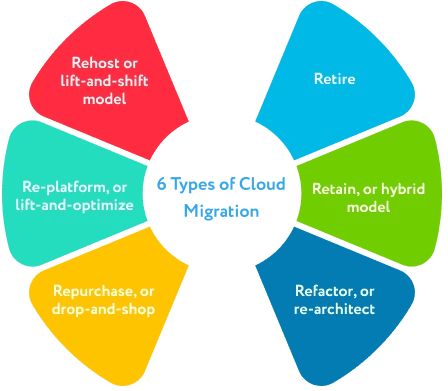
Types of Cloud Migration
Re-hos ting, aka lifting and shifting
It would be known as re-hosting if you have to move from an on-premise physical, local storage to the public cloud servers. This procedure involves lifting digital assets, databases, apps, and resources and shifting them to the cloud servers. It initiates with the most specific items and moves to the complex arena.
Re-platforming
If you’re moving to a new cloud-based operating platform due to efficiency, expense, and other value additions, you’ll undertake re-platform migration. For instance, users may get customized cloud servers built to serve their business needs.
Refactoring
The cloud application may upgrade its components to conform to enterprise standards, functional requirements, and security measures. For example, it may include .NET, Java, and similar updates. Thus, companies may require migration to facilitate this aspect.
Reverse Migration
Under this type of cloud migration service, users may switch back to on-premise local storage from the cloud servers. Various reasons specific to the business may prompt this change. So, it’s better to undertake these services accordingly.
Kinds of cloud migration services
Companies may get the following types of cloud migration services from expert providers:
Application Migration:

Application Migration
It involves evaluating business goals and choosing the best-fitting approach. These include re-hosting, re-platforming, refactoring, re-architectonic, etc.
Storage Migration:
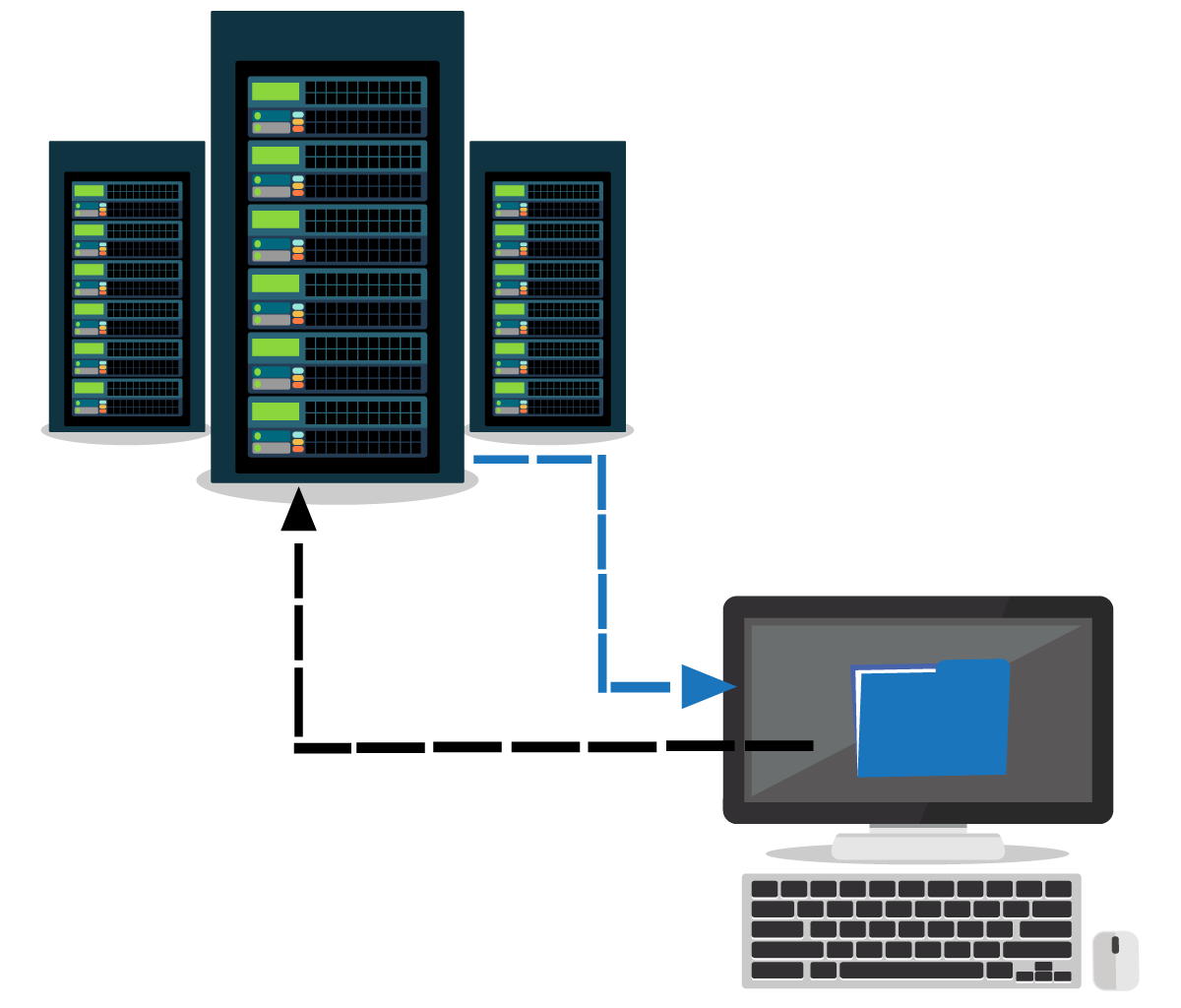
Storage Migration
The specialized cloud migration service providers ensure the data migration without security lapses and compromises. In short, no data integrity loss should occur. The experts disentangle data and overcome data gravity for optimal migration results.
Infrastructure migration:
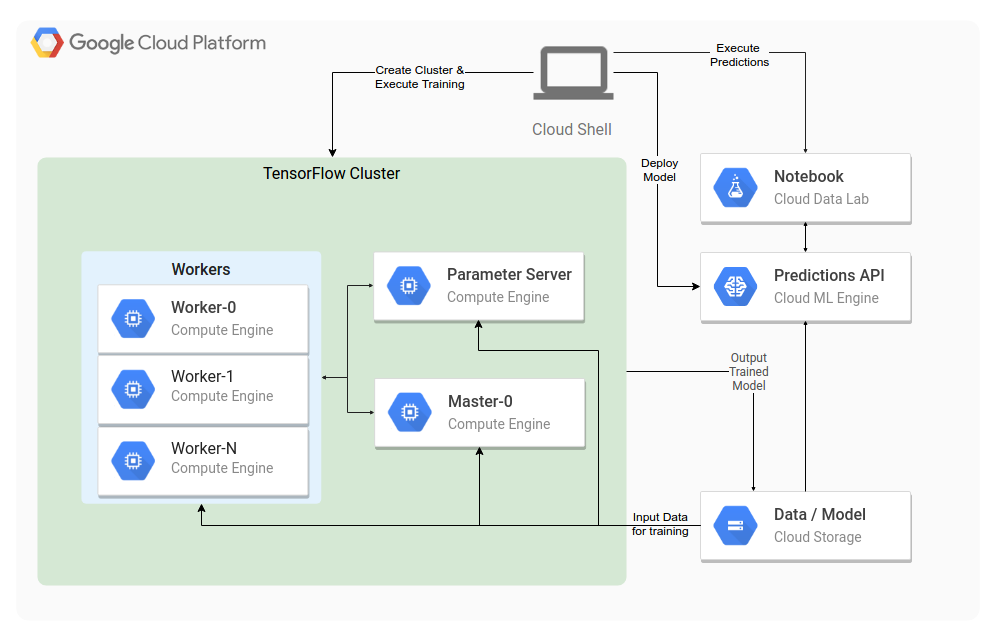
Infrastructure migration
The data migration specialists assist in building an optimal and robust cloud infrastructure that stands on the foundation of scalability, accessibility, security, and agility. The team of cloud migrators automates infrastructure management and uses tools to oversee cloud implementation.
Platform Migration:
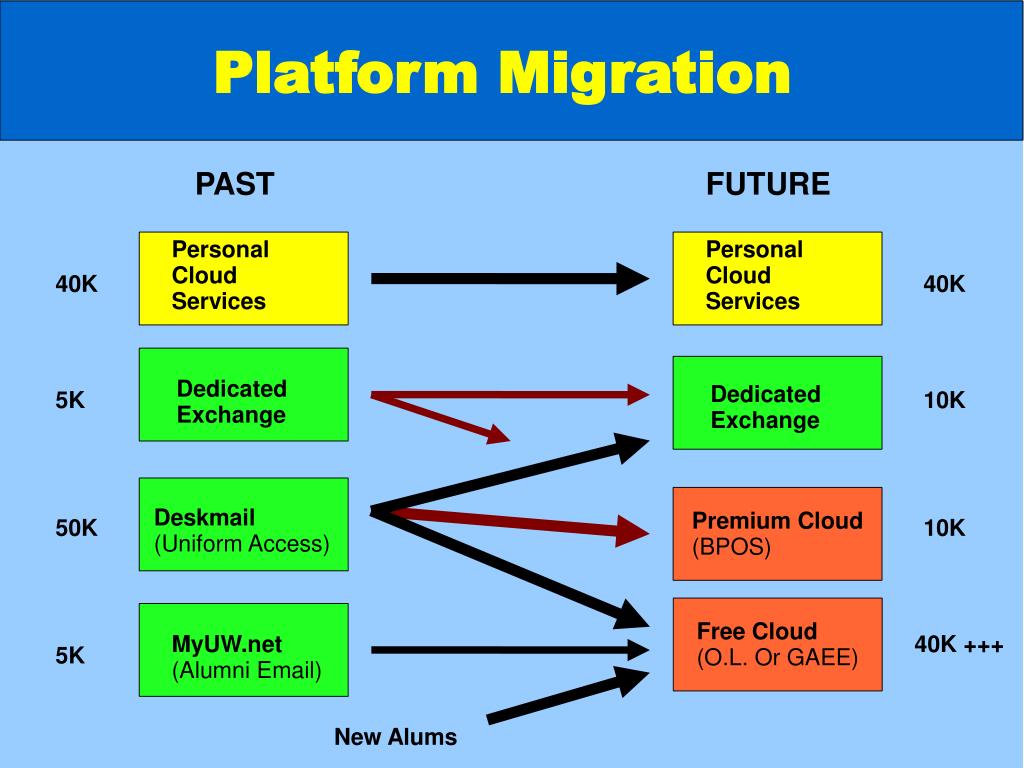
Platform Migration
Let the migration experts recommend the best cloud platform according to your needs. Accelerate your business goals with their evolved cloud platform suggestions. Further, avoid vendor lock-in and related complexities to maximize your return on investment.
Barriers to cloud migration services
When a firm undertakes cloud migration services, they have to encounter the following challenges:
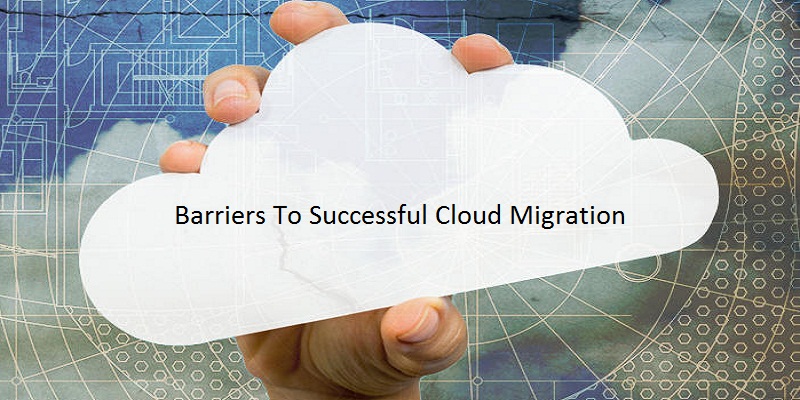
Barriers to cloud migration services
Considering what to do with the legacy system-
Companies must consider what to do with the legacy, on-premise physical infrastructure. Since every application doesn’t move quickly, it may be challenging to understand what to keep, discard, or rebuild.
Modernizing Applications-
When you switch to the cloud, you must consider the prospects of rebuilding and modernizing it. This aspect is crucial to focus on the optimal performance in the cloud.
Who’ll manage the cloud-
Once the switch to the cloud happens, it’s crucial to designate people to manage cloud operations. It involves implementing the best practices to handle cloud tasks efficiently and effectively.
Understanding Migration Complexities-
The migration to the cloud isn’t as straightforward and seamless as it seems. Various unknown hurdles may arise during the process. Therefore, estimating the effort needed beforehand will help manage them correctly.
Crucial Dependencies
You must prioritize the critical applications and resources that require the most effort and those that won’t need much. Arranging things this way will help fix problems and save time, money, and resources.
Stakeholder Support
For migration at scale, having the support of all business stakeholders is crucial, so consider their input before undertaking migration.
Why choose an expert cloud migration company for these services?
Now that we have understood cloud migration services in detail, let’s know why you should consider an expert to handle these services:
No disruptions in business:
When you employ a dedicated cloud migration consultancy company, you can be assured of not losing your business time and staying productive throughout the transition. You can maintain a standard customer experience throughout the services due to the extensive expertise of cloud migration service providers. These providers will track your budget, timeline, etc., and maintain minimal business impact.
Industry-standard practices:
Cloud migration service providers know the best industry practices and employ them for your needs. They’ll even customize and personalize it for a better experience. Their years of experience allow them to pass through the migration obstacles quickly. Further, implementing the best practices ensures efficient, timely, and disruption-free migration.
Quicker Business Results:
Following industry-standard business practices ensures you get the best migration results quickly. They allow the setup finishes quickly without operational negligence and additional overheads. Further, the cloud experts stay with you through each learning curve to accelerate your migration journey and avoid problems.
Facilitating Change:
A reliable cloud migration service provider will offer round-the-clock support and extensive education and training for the nooks and crannies of cloud migration. The specialized focus and training ensure faster cloud adoption in the firm.
Adherence to the governing standards:
Cloud migration professionals ensure state-of-the-art and secure services to maintain data integrity throughout the migration. Further, they meet the applicable governance requirements.
Summing Up
We hope this detailed guide on cloud migration services simplifies your operations. Consider our expertise and assistance by contacting +1.833.802.0002 whenever you require specialized cloud migration services.
FAQs
Why should I migrate to the cloud through cloud migration services?
Cloud migration services are a need due to the following factors:
- It optimizes your costs.
- Enhances your efficiency
- Allows for disaster recovery
- Facilitate auto-scaling
- Streamlined infrastructure management
What do the cloud migration phases include?
The cloud migration procedure includes the following stages:
- Understanding your project needs and outlining objectives
- Audit according to your requirements
- Designing the cloud infrastructure
- Automation as an integral part of cloud migration
- Execution, deployment, and testing
- Continue review, monitoring, and support
Thus, all these stages constitute the cloud migration service procedure.
